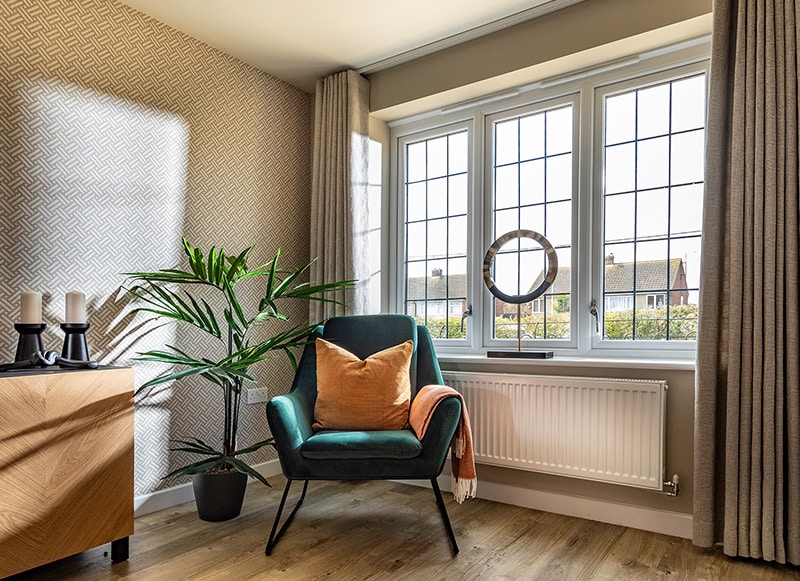Ryan Johnson, Managing Director, Emplas suggests that a little more ‘stick’ may be required to encourage homeowners to get to grips with energy efficiency.
If you asked any of us would you like to significantly reduce the cost of heating your home, we’d all say ‘yes’. The challenge is the rate of return on that payback. In a second-time replacement market arguments about energy efficiency for the individual, are far less compelling than they were 20 or 30 years ago.
While the industry quotes lots of headline figures about payback on new compared to old single-glazed windows, the reality is that 70% of windows replaced in the UK have already been done so once before. That means that the return on their replacement as an energy efficient home improvement, while not negated, is diminished.
This has implications for the way that we communicate the features and benefits of new windows. Working directly in retail through T&K our home improvement business, energy efficiency is clearly on homeowners’ radar but conversations in our experience tends to move rapidly to security and aesthetics.
We see consumer demand for windows which offer a more sympathetic or defining appearance reflected in our own pull-through of colour and foiled product, which now accounts for more than 25% of all windows that we manufacture. This is also reflected in the demand that we have seen already for our new Optima Flush casement.
If you compare those figures to the number of triple-glazed units we supply, it’s clear that energy efficiency has a limit – at the very least, in what the homeowner is prepared to pay for it.
If we are serious about driving a shift in mind-set we need to make the energy efficiency of our homes a key infrastructure priority – and that requires a legislative approach.
The UK is committed to an 80% reduction in UK emissions relative to 1990 levels by 2050 under the Climate Change Act (2008). Currently, emissions are around 38% and stalling, which makes the thermal efficiency of our homes is increasingly important.

But with the Green Deal scrapped, no clear indication of where the Government is going to go next and with consumers unenthused about the prospect of paying more for triple-glazing –we’re a long way off target.
There are opportunities for us as industry to get better at how we sell energy efficiency to the homeowner. But this aside, I would argue that we’re now at a point where the Government needs to get its act together and deliver real incentives to end users to invest in the energy efficiency of their properties.
For me, linking energy efficiency to the value of your home and to the cost of your mortgage, Stamp Duty or Council Tax is the obvious and most effective way of marketing energy efficiency to the end user.
This was a theme developed by the think tank, Policy Exchange last year. It recommended that Stamp Duty should be linked to energy performance so it was reduced on the purchase of an energy efficient property and higher on a less efficient one.
It also recommends a rebate on Stamp Duty if new owners made energy efficient home improvements within 12-months of moving in. This would give a homeowner an immediate payback for upgrades.
A second recommendation suggested linking mortgage affordability tests to reflect running costs, which by definition would be reduced the more energy efficient a property is.
New generation energy efficient windows and doors deliver significant lifetime savings over single-glazing and older IGUs but in a second-time replacement market that message is a little more diluted.
Persuading homeowners of the additional savings triple-glazed units can offer for not very much more money, is the logical step forward from industry. From Government, it has to be a legislative response.
We need real incentives from government to encourage homeowners to spend hard earned cash on energy efficient home improvements – and cashback, or lower duties is the way to do it.
For more information on Emplas visit www.emplas.co.uk , email [email protected] or call 01933 674880.
